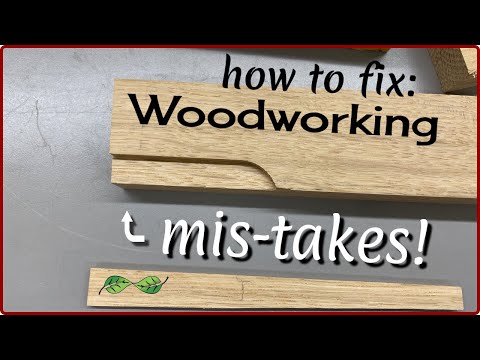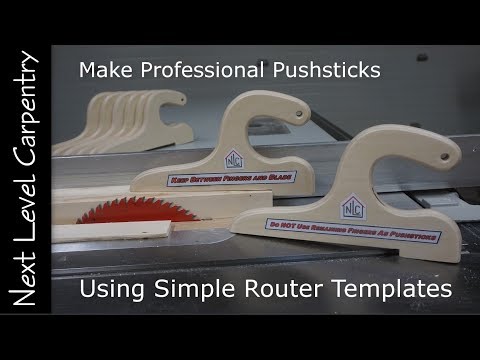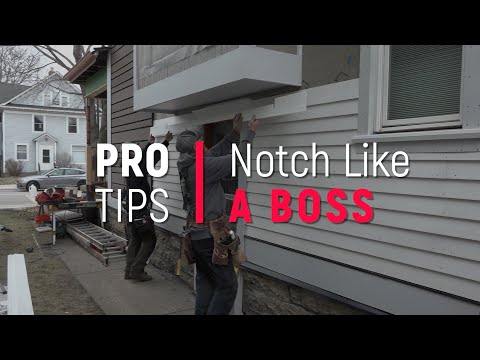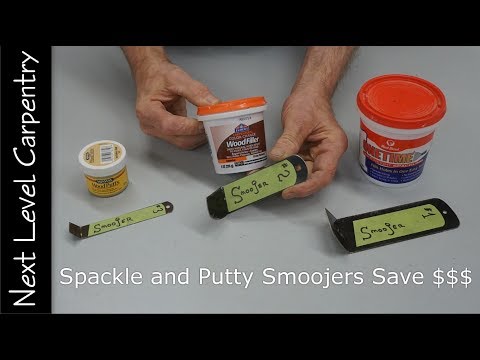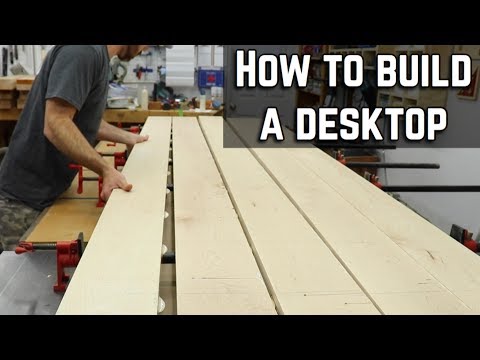Getting better results with a belt sander boils down to doing things right before you begin and during things right during sanding. Matt breaks the tips and techniques into two buckets: Before pulling the trigger (BPT) and after pulling the trigger (APT).
All of the products mentioned in this post: Next Level Carpentry on Shoperr. Fist are some beltsanding tips for before pulling the trigger:
Tip 1: Belt sander results are only as good as the tool (2:46)
With belt sanders, you get what you pay for, so don't skimp too much on tools.
Tip 2: Use good sandpaper on your belt sander(3:21)
Matt likes 3M belts with purple grit. They are not directional belts, so you can run them in either direction without the belt blowing apart.
He also likes Klingspor Nasty Belts.
Tip 3: Make sure the belt sander's platen transition is smooth, not sharp. (5:20)
The platen is the flat metal surface that the back of the sanding belt runs against. If the edge is sharp, it can push the sandpaper into the workpiece, causing a divot which will require more sanding (or putty) to fix.
Tip 4: Wax-on-a-stick lubricates the sanding bag tube (7:55)
The aluminum tube for the dust bag slips into a cast housing of the belt sander. In a perfect world, there is no friction, and the bag can rotate freely, but in reality, the connection can get gummed up with sawdust or just the two soft metals can gum up the rotational freedom.
Matt uses Door-Eze wax to keep the connection smooth.
Tip 5: Drier sheets reduce static cling to your safety glasses (magically!) (8:41)
It's not really magic. It is chemistry.
Tip 6: Squiggle marks (9:39)
Mark the transition of the two material types to indicate what has been sanded, where, and how much. In this case, the edge is the focus of sanding activities, so he squiggles the heck out of the transitions along all eight of the edges (four per side). Belt sander tips after pulling the trigger:
Tip 1: Keep the belt sander moving (13:50)
This prevents the sander from digging in. Related to this tip is to keep the sander flat (see below). Tilting the sander to the side or front will cause the sandpaper to dig in and make a divot. If the belt sander is moving, it won't dig as much of a hole.
Tip 2: Orient the belt sander from a flat surface (14:20)
Begin on a flat surface and move the sander toward the uneven surfaces.
Tip 3: Use sideways diagonal strokes rather than straight back and forth (15:00)
Moving diagonally front to back and side to side will help average out the amount of cut that the belt is making.
Tip 4: Let the sander do the work (15:18)
You do, however, have to actually set the sander on the workpiece, hold the handle, and pull the trigger. You do not have to push down on the sander. Pull the sander backward letting the weight and sharpness of the belt cut the surface.
Tip 5: Make sure the belt sander stays flat (16:25)
Don't pull back and then tip the sander off the edge or you'll cut off too much wood and need to build it back up with putty.
Tip 6: Know when to break the rules (17:08)
Do as Matt says, not as he does.
